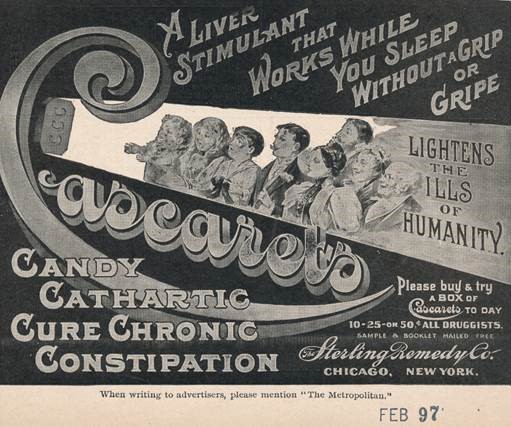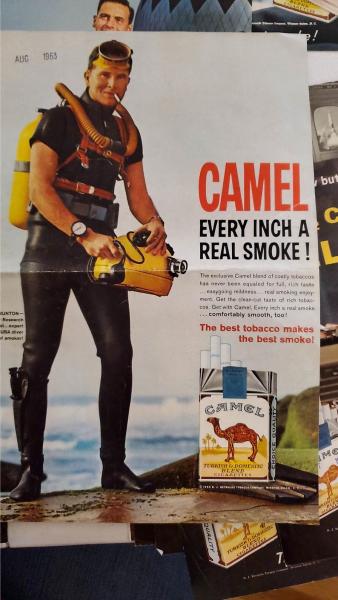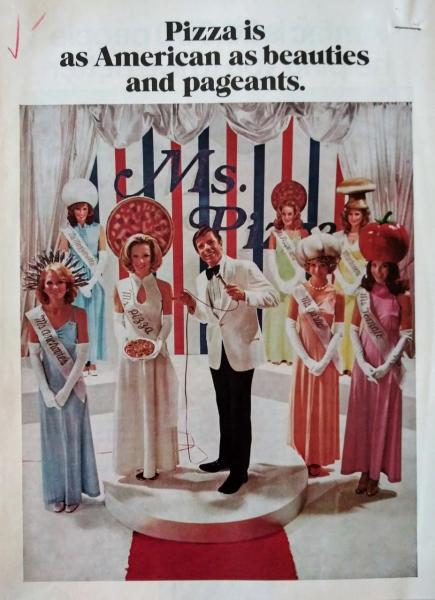Preservation Snapshot at the University of Illinois at Urbana-Champaign
An Interview with Jennifer Hain Teper, Head of Preservation Services at the University of Illinois at Urbana-Champaign: a Snapshot of Preservation Services’ Response to COVID-19
William Schlaack, Digital Reformatting Coordinator, University of Illinois at Urbana-Champaign
For 2020-2021, the CARLI Preservation Committee is sharing a series of interviews to explore CARLI members' responses to the COVID-19 pandemic. This month, William Schlaack, Digital Reformatting Coordinator at the University of Illinois asked Jennifer Hain Teper, Head of Preservation Services at the University of Illinois at Urbana-Champaign to discuss.
Read the project overview here: https://www.carli.illinois.edu/products-services/collections-management/preservation-response-covid-19.
|
Interview with Jennifer Hain Teper: |
| What was your institution's original response to the statewide closure in March 2020? |
|
Since we had a small amount of warning, the administration had pulled together some guidelines for remote work, and staff had at least a few days’ warning to gather materials and plan for projects. All staff except for very limited facilities staff were told to work from home and all library services other than the continued provision of online and digital resources ceased during the work from home order. We in Preservation were fortunate to have a large grant-funded, archival processing project (the Woodward Advertising Collection, which was recently funded through the National Historical Publications and Records Commission [NHPRC]) which could largely be done not only remotely, but even without computer access. So, our staff worked to pivot the model for managing that project from student workers to library staff who needed a work-from-home-project. Obviously, lots of other work-from-home projects were also in place and the library transitioned to remote work rather smoothly, all things considered, though it was certainly a stressful and uncertain time. |
| Were there special considerations for how your institution handled physical resources? |
|
During the work from home period any direct interaction with physical resources was VERY limited. Due to uncertainty of the transfer of the COVID virus on surfaces, all incoming shipments of new materials were quarantined, unopened. Access to the physical collection by both staff and patrons was pretty much stopped. We were fortunate to not have anybody raise any question about continuing to provide full environmental controls (HVAC) to collection areas (some [non-UIUC] libraries scaled back or even turned off their HVAC systems to save energy), and facilities staff walked collections areas at least once a day to check for leaks or other problems. As a few very limited staff were allowed back into the library (myself, a few people from our circulation staff, one person from each of the special collections areas, a few folks from IT, etc.), we were able to start addressing things like book returns (handled with gloves and quarantined in plastic shipping tubs by date) and limited access to collection materials simply to support remote work projects and ensure the safety and security of the collections. |
| What were some preservation or conservation activities that were accomplished during the closure? |
|
As mentioned above, the Woodward Advertising Collection project for processing and rehousing historic advertising clippings is managed by Preservation Services and continues to serve as a remote work project for library staff who are unable to return to work on site. All library units are functioning on some balance of in-person and remote work with many staff remaining 100% remote as of this writing in mid-October 2020. However, things like environmental monitoring, integrated pest management, binding, conservation, boxing, etc. all require materials and equipment only available on site. Our digitization staff (part of our larger preservation program) did make great headway on some large file processing and repacking projects, and our staff worked to review documentation and do many, many webinars! Conservation even managed to take home supplies and tools to learn new sewing structures and build new book binding models that can be applied in the conservation lab. Also, it’s worth noting that we migrated our ILS system from Voyager to Alma during the past few months… Although not DIRECTLY preservation, all library staff, including preservation needed to learn the new ILS interface and how our workflows would change. |
| How did the closure and then re-opening impact preservation/conservation at your institution? |
|
A good deal of our preservation staff were very happy to come back to the office; though to keep our workplace safe and limit the number of people in any one space, most of us are working at least partially remotely and some remain 100% remote. Overall, we have not noticed any negative effects on our collections due to the closure, but the volume at which we were able to address ongoing preservation maintenance, repair, reformatting, etc., has all certainly slowed down since COVID for a variety of reasons. Once we reopened, there has been a much higher desire for digital access to collections, so many of our efforts have gone into developing new workflows and protocols for increased general collections digitization and provision of files to patrons (see the following question). In conservation, we did have to reprioritize our conservation queue, as much of our conservation work was driven by physical exhibitions which came to a dramatic and complete halt. Our exhibits conservator, Marco [See an interview with Marco concerning his work as a special collections exhibits conservator here - WS], spent most of the first two months back in the Library making Plexiglas barriers for our circulation and staffing points, since he had the tools and knowledge to work with Plexiglas. Since then, it has actually been great to be able to work on conservation priorities based on need and value to the collection, not just on items going onto exhibition. |
| What are you doing to fulfill patron requests during this time? |
|
Our library is working under a “digital first” preference in fulfilling patron requests. As library requests come in from patrons for our print collection, we first check to make sure we do not already have digital access to that item through our own digital library, through the HathiTrust Emergency Temporary Access Service, Internet Archive, Google Books, or other possible vendor packages to which we have access. If not, we check to see if we can purchase the item as an e-book. If neither of these are an option, our in-house digitization services program scans as many books as our staff and equipment can manage which is about 10-15% of the total requests that come in, though we are working on increasing capacity with more equipment and staff now that we have a successful workflow. Through our partnership with the Internet Archive, we also scan pretty much all of the patron requests for materials that are in the public domain, but that is a relatively small percentage of the total requests. All requests that cannot be filled digitally by one means or another have been provided to patrons first by a curb-side service and now through a locker pickup system run out of our Main Library’s lobby. We have been fortunate to have a very good testing system set up on our campus such that when our Library staff do need to interact with the public, we can be certain that the patrons have recently tested negative for COVID, which makes our staff much more comfortable in providing our limited in person services. |
| What is your institution doing to incorporate lessons learned into future practices? |
|
I don’t know that we’ve been doing anything consciously. We have adapted a lot of our workflows to work successfully under stressful and restrictive conditions, which has certainly taught us all to be more flexible and creative. We have also been rethinking how we communicate and lead around the library. Since meetings were almost always in person prior to the pandemic, our top-down administrative structure and leadership through the elected Executive Committee and faculty meetings were, necessary, limited to only certain staff. As we moved to more open Zoom meetings for broader communications and information sharing, we recognized the value in more inclusive conversation. If anything, our meetings are consciously becoming more open and discussions are incorporating a larger representation of staff across the library. |
| What did you learn from this experience? Has your institution changed? |
|
I think that our Library, at large, is getting much more comfortable with staff working from home. We’ve also had to grapple with navigating the complicated copyright issues of providing digital access to in-copyright materials during a pandemic. While not all of what we’ve established will continue once the pandemic situation has ended, I think that some of our enhanced digitization services may continue. Certainly, we have learned to be much more flexible. I think most importantly, this situation has taught us all to be more understanding of each other as human beings, each working under very different circumstances. We have learned (and often met!) each other’s pets and children; we have watched our colleagues deal with stress and uncertainty in different ways; and we have learned things about ourselves that we never would have known. I think this keener understanding of ourselves and those we work with, if nothing else, will change how we work together in the future. On a more personal note, I have learned a lot during this time. I have learned that I am not as good a manager when working remotely and that I thrive on direct, personal interaction, for which no amount of Zoom will substitute. I have learned that I can care deeply about a project (The Woodward Advertising Collection project) when the purpose of the project is no longer just processing a ginormous backlog of unprocessed clippings [Check out some samples from this collection below. – WS] but providing work to a great group of staff who are relying on the project to stay productive and feel like they are contributing to the work of the Library. I have learned the joy of having one of those remote staff actually really “get it” and have the light bulb go off about why preservation and archiving matter and that the work that he is doing is directly influencing the ability for future researchers to learn valuable information. I have learned that I have a great staff here in Preservation Services who are adaptive and creative and sincerely dedicated to their work. I have learned how much I love my work and how much I miss working with the materials and people who make our Library so great. |
| Which sources have you relied on to inform your institutional policies? |
|
Obviously, we have relied a lot on our copyright librarian and related resources as we navigate the murky waters of our digitization efforts. We have learned a lot from our peers. From a preservation perspective, discussions with our peers in the Big Ten Academic Alliance have been invaluable in reminding us that we are not in this alone and that many of us are dealing with the same challenges. For materials handling, we have been following the “REALM” Study which has been testing surface attenuation times for the COVID virus on various library material surfaces. |
As an added bonus here are just some of the often hilariously dated advertisements from the Woodward Collection:



Return to A Snapshot of Our Preservation / Conservation Response to COVID-19 at CARLI Member Libraries, the homepage of the Preservation Committee's 2020-2021 Annual Project.

